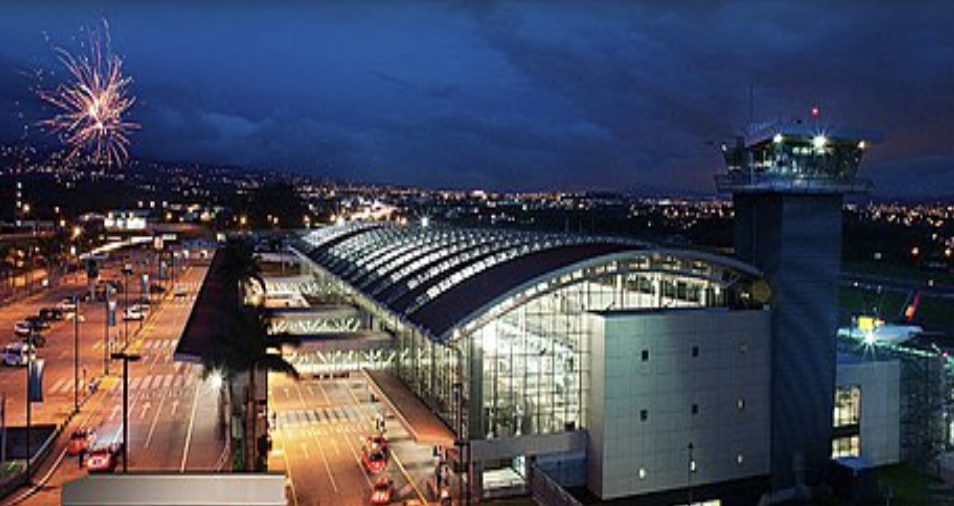Guide to flights and airports in Cost Rica
Flying in Costa Rica
Here we will delve into the details of Costa Rica’s airports, providing you with valuable insights and essential information for your travel plans. Whether you’re a seasoned traveler or embarking on your first flying adventure, join us as we explore the airports, flying options, and all you need to know to make your journey to Costa Rica a seamless and enjoyable experience.
How many airports are there in Costa Rica?
When it comes to accessibility and convenience, Costa Rica boasts a well-developed airport infrastructure. The country is home to a number of airports, ensuring that travelers have options when it comes to reaching their desired destinations.
In total, Costa Rica has approximately 34 airports, both domestic and international, scattered throughout the country. These airports provide essential connections to various regions, from popular tourist destinations to remote corners of the country, facilitating seamless travel experiences for both local and international visitors.
While Costa Rica has several airports, the majority of international travelers arrive at the two main international airports: Juan Santamaría International Airport (SJO) in Alajuela, located near the capital city of San José, and Daniel Oduber Quirós International Airport (LIR) in Liberia, Guanacaste.
These airports serve as gateways to the country, connecting travelers from around the world to Costa Rica’s incredible attractions and natural wonders.
In addition to the main international airports, Costa Rica boasts a network of smaller regional airports and airstrips that cater to domestic flights and local transportation needs.
These smaller airports provide convenient access to popular destinations such as Manuel Antonio, Tortuguero, and the Nicoya Peninsula, allowing travelers to reach their desired locations efficiently and comfortably.
Flying within Costa Rica offers a unique opportunity to experience the country’s breathtaking landscapes from above. Domestic flights allow travelers to navigate the diverse terrain quickly, whether it’s soaring over the lush rainforests, gliding past the towering volcanoes, or admiring the pristine coastlines.The availability of multiple airports ensures that even remote and secluded areas can be easily accessed, providing travelers with a chance to explore the hidden gems of Costa Rica.
Flying to Costa Rica - International Airports
The country boasts several international airports that serve as gateways to Costa Rica’s breathtaking destinations. The main international airport is Juan Santamaría International Airport (SJO) located in the capital city of San José. This bustling airport offers a wide range of international flights, making it a popular entry point for visitors.
Situated in Alajuela, just a 20-minute drive from downtown San Jose, Juan Santamaria International Airport serves as the primary gateway to Costa Rica, boasting the highest number of international flights. If your travel plans include visits to the Caribbean, Central Valley Region, Central and South Pacific coasts, Osa Peninsula, or the North and South Zones of Costa Rica, Juan Santamaría Airport is your ideal gateway.
Within its premises, travelers can find an assortment of large souvenir shops, bars, cafes, specialty stores, and a modest duty-free shop. Upon arrival, for those opting for shared shuttle services, a short taxi ride to the nearby Denny’s or Rostipollos restaurants is necessary for pickup. If you prefer public transportation, a brief walk to the main street will bring you to the bus stop. It’s worth noting that flights into San Jose often experience intense turbulence during landing, a result of the region’s mountainous terrain.
San Jose, the capital, is rapidly emerging as a vibrant cultural center, known for its dynamic dining landscape, vivid markets, and lively urban atmosphere. The city and its Central Valley surroundings offer a wide range of accommodations, making it a convenient spot for travelers to pause and immerse themselves in local life for a day or two before venturing further into Costa Rica.
Additionally, Daniel Oduber Quirós International Airport (LIR) in Liberia, Guanacaste, serves as another major hub for international travelers, particularly those heading to the popular beach destinations in the region.
For shared shuttle services, passengers are advised to head to the Hilton Garden Inn Guanacaste Airport nearby. Public bus access varies by route; while there’s a bus stop directly outside the airport for certain routes, others require a 20-minute walk to the main road. It’s advisable for travelers to arrive at the airport 2-3 hours before their flight’s departure to ensure a smooth travel experience.
Liberia, nestled in the heart of the Guanacaste region in northwest Costa Rica, presents a more intimate setting compared to the bustling downtown San Jose. This city, while smaller, serves as a pivotal gateway to the region, especially through its international airport. Though more compact than its counterpart in San Jose, Liberia’s airport offers modern facilities, including a selection of small shops, cafes, and a duty-free outlet.
Travelers typically land in Liberia when their journeys lead them to explore the stunning locales of Guanacaste, Monteverde, or the Arenal/La Fortuna area. Its strategic location means that many of the pristine beachfront hotels in Guanacaste, such as those on the Papagayo Peninsula or Tamarindo Beach, are conveniently located within an hour’s drive from the airport, facilitating easy access to the region’s natural wonders.
Costa Rica Domestic Airports
Costa Rica’s domestic airports are scattered throughout the country, providing easy access to key attractions and remote areas. For instance, Quepos La Managua Airport serves as the gateway to Manuel Antonio National Park, while Tortuguero Airport connects travelers to the stunning Tortuguero National Park, renowned for its turtle nesting grounds.
Other airports like Tambor Airport, Puerto Jimenez Airport, and Tamarindo Airport offer convenient access to stunning coastal regions, nature reserves, and wildlife-rich areas.
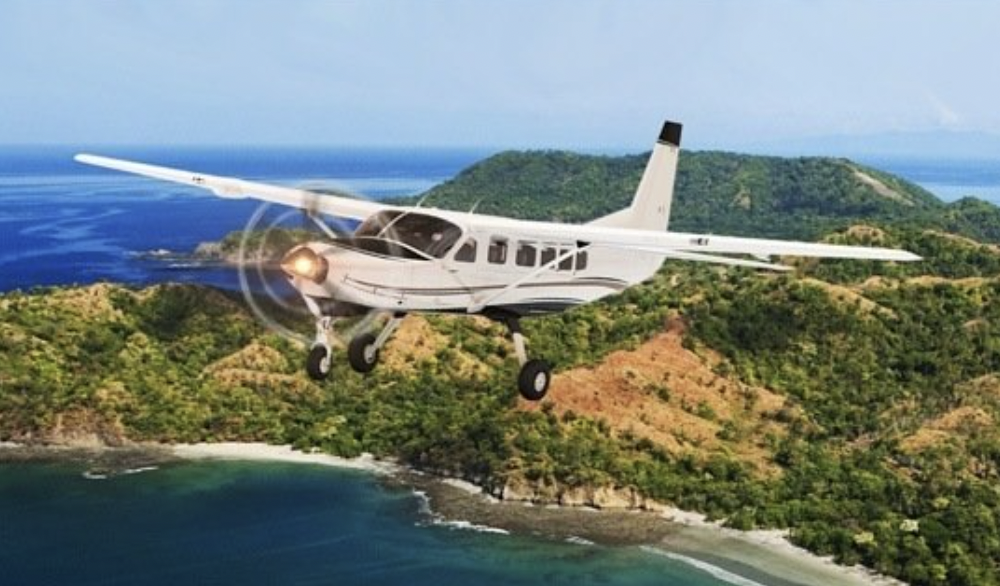
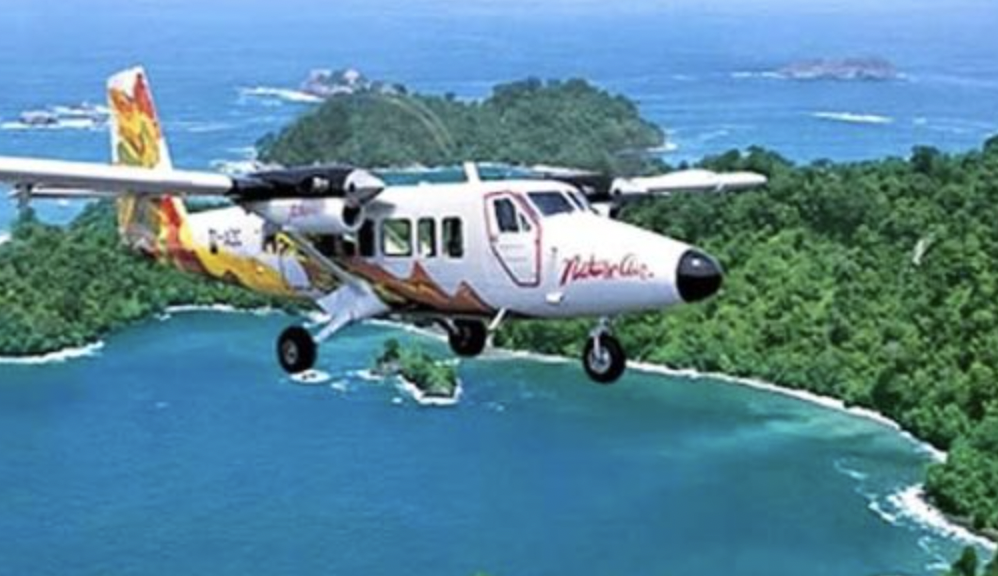
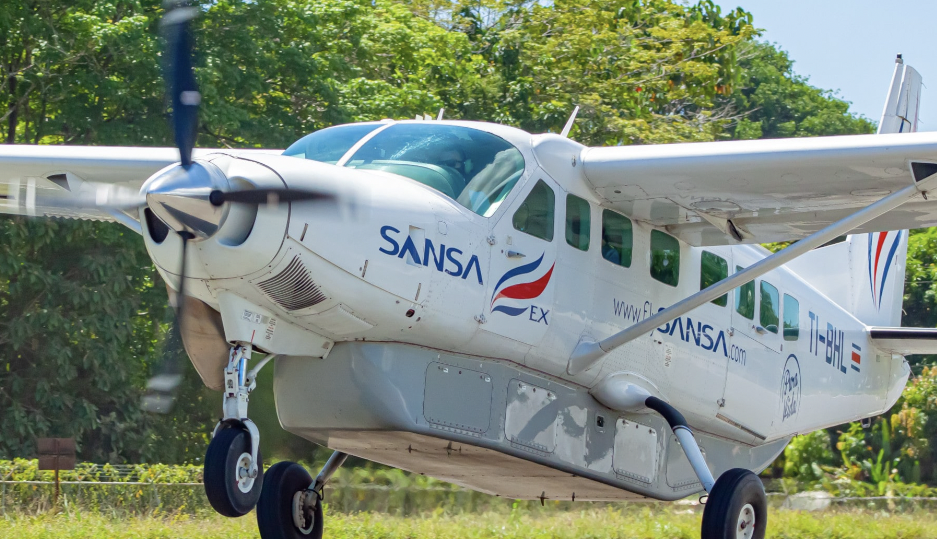
Flying domestic in Costa Rica
When it comes to flying domestically in Costa Rica, understanding the cost of air travel is an essential aspect of planning your trip.
The cost of flying within the country can vary depending on factors such as the distance between destinations, the airline you choose, and the time of year. It’s worth noting that Costa Rica has several domestic airlines that offer flights between various airports across the country.
To get the best value for your money, it’s advisable to book your domestic flights in advance. This allows you to take advantage of early booking discounts and secure more affordable fares.
Additionally, comparing prices from different airlines and utilizing online travel platforms can help you find the most competitive rates for your desired destinations.
Many of the domestic airports, especially those in more rural areas like Drake Bay, Puerto Jimenez, Tamarindo, and Tambor, resemble airstrips more than traditional airports. Often situated in fields and accompanied by a small office for check-in, these airports offer a unique travel experience. Infants and children up to 2 years old usually fly free of charge, although it’s wise to confirm the specific policies with your airline. Due to the smaller size of the planes used for these flights, baggage weight limits are significantly lower than those for larger aircraft, so checking with your airline for baggage guidelines is crucial. Additionally, surfboards may incur extra charges as oversized baggage. It’s advisable to contact the airline in advance to ensure they can accommodate your surfboard, as some flights may have limited space.
Keep in mind that while flying domestically provides convenience and time savings, there are alternative transportation options available, such as buses and rental cars, which may offer more budget-friendly alternatives for certain routes. It’s worth considering these options if you have a flexible travel schedule and are looking to minimize costs.
While it generally offers convenience and efficiency, it’s recommended to plan ahead, compare prices, and consider alternative transportation options to ensure you find the best value for your travel budget. By keeping these factors in mind, you can navigate the skies of Costa Rica with confidence and make the most of your domestic travel experiences.



What are the entry requirements for Costa Rica?
When planning your trip to Costa Rica, it’s important to familiarize yourself with the entry requirements to ensure a smooth and hassle-free experience. As you prepare to embark on your flying adventure, understanding the necessary documents and procedures will help you navigate the airport and immigration process with ease.
First and foremost, make sure you have a valid passport. Your passport should be valid for at least six months from the date of entry into Costa Rica. This requirement applies to visitors from all countries, so ensure that your passport meets this criterion before you board your flight.
In addition to a valid passport, visitors to Costa Rica are required to possess a return or onward ticket. This means you must have a confirmed flight reservation that demonstrates your intention to leave the country within the allowed period of stay. The authorities may request to see this documentation at the airport upon your arrival, so it’s crucial to have it readily available.
Furthermore, Costa Rica requires visitors to have proof of travel medical insurance. This insurance must cover medical expenses and potential COVID-19 related expenses for the duration of your stay in the country. It’s important to carefully review your insurance policy to ensure it meets the specific requirements set by the Costa Rican government. During the COVID-19 pandemic, additional health protocols have been implemented. Travelers are required to complete an online Health Pass form, which includes providing contact and health information. This form must be completed prior to departure and presented to airport authorities upon arrival. It’s recommended to complete the Health Pass at least 48 hours before your flight to avoid any last-minute complications.
Please note that entry requirements and protocols may vary and are subject to change. It’s advisable to stay updated with the latest information from official sources, such as the Costa Rican Embassy or Consulate in your home country, as well as the official website of Costa Rica’s Ministry of Health.
Costa Rica is known for its commitment to environmental conservation, and you’ll be asked to complete customs forms regarding the items you’re bringing into the country, including any restricted or prohibited items. By familiarizing yourself with these entry requirements and ensuring you have the necessary documents in order, you can approach your journey with confidence and ease. Remember to double-check the specific requirements based on your nationality and consult official sources for the most accurate and up-to-date information.



Customs regulations for Costa Rica
When flying into Costa Rica, it’s essential to familiarize yourself with the customs regulations to ensure a smooth entry into the country. As with any international travel, Costa Rica has specific customs procedures that all passengers must adhere to upon arrival at its airports. Understanding these regulations will help you navigate the customs process efficiently and avoid any unnecessary delays or complications.
Upon arrival, you will be required to complete an immigration form, often provided on the flight or available at the airport. This form collects information such as your personal details, purpose of visit, and duration of stay. Ensure that you fill out this form accurately and legibly, as it will be reviewed by immigration officials during the entry process.
In terms of customs regulations, Costa Rica imposes certain restrictions on the items you can bring into the country. It is important to familiarize yourself with the prohibited and restricted items to avoid any issues. For instance, there are restrictions on bringing certain agricultural products, plant materials, and animal products into Costa Rica.
When it comes to duty-free allowances, Costa Rica provides generous limits for personal items such as clothing, electronics, and personal effects. However, if you are carrying items for commercial purposes or exceeding the allowed quantities, you may be subject to customs duties and taxes. It’s advisable to keep receipts or proof of purchase for expensive items to facilitate the customs declaration process, if necessary.
To ensure a smooth transition through customs, it is crucial to have all your travel documents in order. This includes a valid passport with at least six months of validity, a return or onward ticket, and any necessary visas or permits. Make sure to keep these documents easily accessible during your journey, as you will need to present them to immigration officials upon arrival.
Costa Rica’s airports have customs and immigration facilities to process incoming passengers efficiently. While the customs process may vary slightly between airports, the general guidelines remain consistent.
Friendly customs officers are typically available to assist and provide guidance if needed. Remember to remain patient, polite, and cooperative throughout the customs procedures.


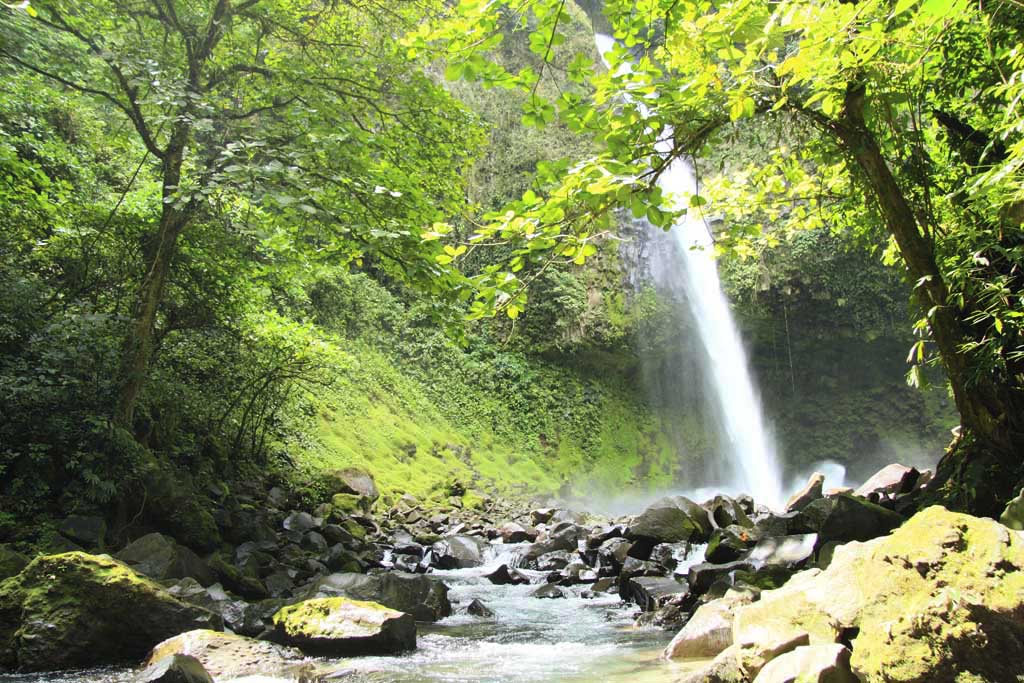
FAQ: Flying in Costa Rica
Costa Rica has a total of four international airports.
The international airports in Costa Rica are Juan Santamaría International Airport, Daniel Oduber Quirós International Airport, Tobias Bolaños International Airport, and Limón International Airport.
Juan Santamaría International Airport is located in Alajuela, which is close to the capital city of San José.
Daniel Oduber Quirós International Airport is located in Liberia, in the Guanacaste province.
Tobias Bolaños International Airport is situated in Pavas, a district within the San José metropolitan area.
Limón International Airport is located in Limón, a city on the Caribbean coast of Costa Rica.
Yes, besides the international airports, Costa Rica has several domestic airports and airstrips scattered throughout the country.
Juan Santamaría International Airport is located approximately 20 kilometers (12 miles) northwest of downtown San José.
Yes, transportation options such as taxis, shuttles, and rental cars are available at the airports to facilitate travel within Costa Rica.
Yes, public buses and some private shuttles provide transportation services from the airports to various destinations in Costa Rica.
The time it takes to clear customs at the airports in Costa Rica varies, but it usually doesn’t take more than an hour.
Yes, visitors to Costa Rica must have a valid passport and, depending on their nationality, may need a visa or a tourist card, which is typically provided upon arrival.
Yes, there are duty-free shops available at the international airports in Costa Rica, offering a variety of goods including alcohol, tobacco, perfume, and souvenirs.
Yes, all the international airports in Costa Rica provide parking facilities for short-term and long-term stays.
Yes, the international airports in Costa Rica have a range of dining options, including restaurants, cafes, and snack bars.
Yes, there are hotels and accommodations available in close proximity to the international airports in Costa Rica, providing convenient options for travelers.
No, the international airports in Costa Rica have operating hours that generally align with flight schedules. However, some services, such as customs and immigration, may be available 24/7.
Yes, currency exchange services are available at the international airports, allowing you to convert your money to the local currency, the Costa Rican colón.


